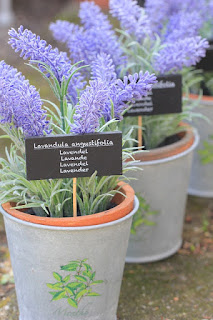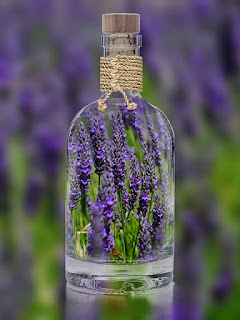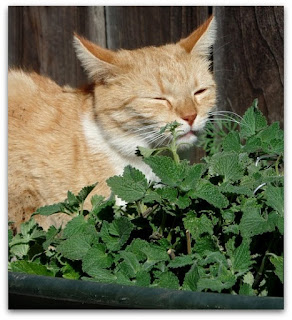Many people will put away their gardening tools in mid-September because the growing season has come to an end. But if you love flowers then you can extend your gardening season by growing plants that bloom through the fall season. This year I have added color to my landscape by growing annuals with my Chrysanthemums.
My neighbors, have asked me if chrysanthemums will come back the following spring and if should they plant them in the ground. The answer is yes. Last fall my neighbor was throwing out her chrysanthemums in a nursery-grown pot after the blooms were spent. I took them and planted them in a container. After a hard frost, I did cut the mum stems back and topped the container with 3 inches of mulch. The following year the chrysanthemum grew in and this fall we enjoyed the flowers as they added fabulous color to our landscape.
Know that you can grow Chrysanthemums in the ground or in containers and they will return the following year as long as you plant in well-drained soil, in full sun, and leave 6 to 12 inches in between the plants. Water your chrysanthemums well when you first plant them, then water daily in the morning especially if grown in containers because they do dry out faster than planted in the ground.
Plant mums in the spring after the threat of frost has passed. You can also plant mums in the fall 6 weeks before a hard frost is best. Add 2-3 inches of mulch to containers or garden beds. Fertilize in the spring to encourage new growth and flower blooms. I recommend that you remove the mulch from the containers and garden bed in the spring, and fertilize and replace the mulch around the mum stems in the early summer.
Growing tips:
Create eye-appealing chrysanthemum container gardens by growing ivy close to the rim of the plant, If you decide that you like the ivy cascading down the sides then plant only 1-2 ivy plants like winter hardy Baltic. *Watch the runners so they do not take over the container.
Learn more and view photographs of Baltic Ivy here
Here is a list of fall-season companion plants to grow with chrysanthemums pansies, violas, ornamental cabbage, and kale are a few of my favorites.




























